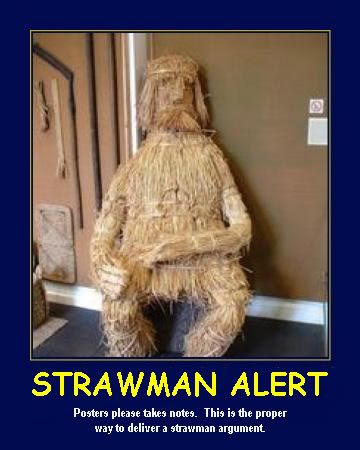Finite Visual Calculation
Colin Colenso said:
I'll try my best Joey.
By intuitively, I mean without specific reference to any points, lines or numbers.
I grant it can be a little confusing, because one might say the ghost ball system is a non-intuitive system, in the sense that it is mathematically correct.
However, to imagine the position of the center of the CB and to align the cue, through center CB, to that point requires various skills that require degrees of intuition.
Intuition is a kind of guessing, done without calculation, that occurs somewhat sub-consciously.
Maybe someone else can describe it more clearly.
What it really boils down to is this: That when myself and others follow the system guidelines, our cue does not always (in fact rarely) goes to the exactl line of the shot, unless we make adjustments. These adjustments are intuitive, in so far is we don't base them on any numbers, lines, edges, we judge them purely on what it feels like what is needed to make the shot. That is, we use intuitive adjusments. Similar to what one does using the Contact Point method.
Hope that makes sense. Some of the language we are using is not well defined, or the meanings aren't shared amongst us all. I'm doing the best I can to clarify the concepts.
Colin
btw: I can be conscious of the intuitive adjustment I am making in Contact Point aiming, but some players are not. However, it can be quite obvious in Contact Point, because a fine cut proves it in an instant and the geometry is clear to see. So it's not usually that hard to convince a CP aimer that they are using intuitive adjustments.
However, in CTE, the adjustments can seem insignifant if one has developed a pivoting method that gets them in the ball park. Also, many system users do not accept any geometrical explanation. So those factors combined might explain why they are less prone to recognize an intuitive adjustment in their method.
Thanks Colin.
I
believe that the CTE users are making visual calculations to estimate where they need to place their bridge to make each individual shot. This is a visual calculation, not an intuitive judgment and I think that with practice, the people who use Pro One Aiming Systems and the like become more accurate with body alignment and bridge hand placement and this consistency of hand and body alignment allows them to be more accurate than they previously were.
I also believe that any aiming system which allows the shooter to "get in the ballpark",
shortens the learning curve of having to pot a million balls in order to obtain a proficiency in pocketing an object ball.
More experienced players who convert/adapt to utilizing Pro One or other CTE aiming systems find that they are more consistent with their alignment, bridge hand placement and their ability to find the center of the cue ball. I also find that with more experienced players, they may start out pivoting manually when they learn these type of aiming systems but quickly eliminate the manual pivoting that is seen in some videos. The pivot is still there except that it in in the air and the bridge hand placement is done with finite visual reference to the shot. The fact that bridge hand placement may vary with some shots does not mean that they are doing it intuitively IMHO.
Lesser experienced players who utilize CTE, Pro ONe and other similar aiming systems, IMMEDIATELY find themselves potting balls with more consistency than they ever dreamed possible.
Their euphoria and epiphany is diminished by those who would attempt to rdicule and discredit their new found knowledge and ability by saying that the aiming systems are,
It's down by feel, it's smoke and mirrors, it's hogwash, it's poppycock, it's BS, it's a joke, aiming systems are worthless, plain stupid, it's just guessing as well as other derogatory references.
In addition there are those who say that anyone who uses an aiming system like Pro One or CTE will inhibit their ability to play at a very high level.
An aiming system no matter whose it is will have little to do with whether a person is able to play at a professional level.
The belittling of players who use aiming systems is counter-productive for your math discussions. FTR, I don't think you have been mean-spirited with your discussions of aiming systems and how the work but some of your "colleagues" have not been very accurate or diplomatic with some of their responses and critiques.
Pro One, CTE or ANY other aiming system is only a small piece of the puzzle but an aiming system can shorten the learning curve, not inhibit it.
Sure, there will be some aiming system beginning players who choose to not continue improving their pool skills and may stay at a banger's level for the rest of their life. At the same time, their will be people who do not use aiming systems and will remain bangers for the rest of their life as well.
The negative criticism pointed at aiming system users limits the amount of information that the academics are able to obtain.
At least the discussions have moved from aiming systems are worthless crap discussions to well, aiming systems MAY help some people but HOW do they work? Your efforts have been appreciated and I offer my few tidbits of perception for your discussion and consideration.
I am not sure just how "accurate" my perception is about Pro One/CTE and other aiming systems but now you have it.
I know very little more about aiming systems and as one famous scholar once said, "That's all I have to say about that."
JoeyA (going back to the table to practice stroking straight and smooth.)
